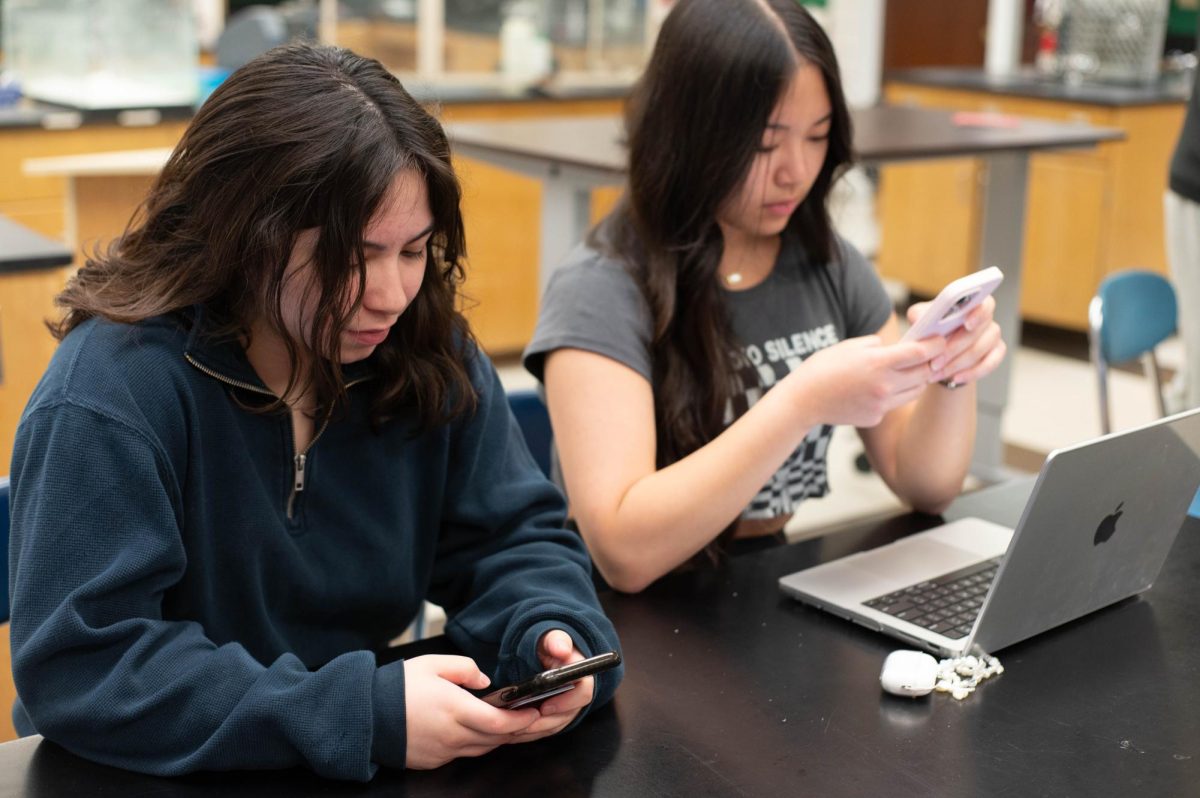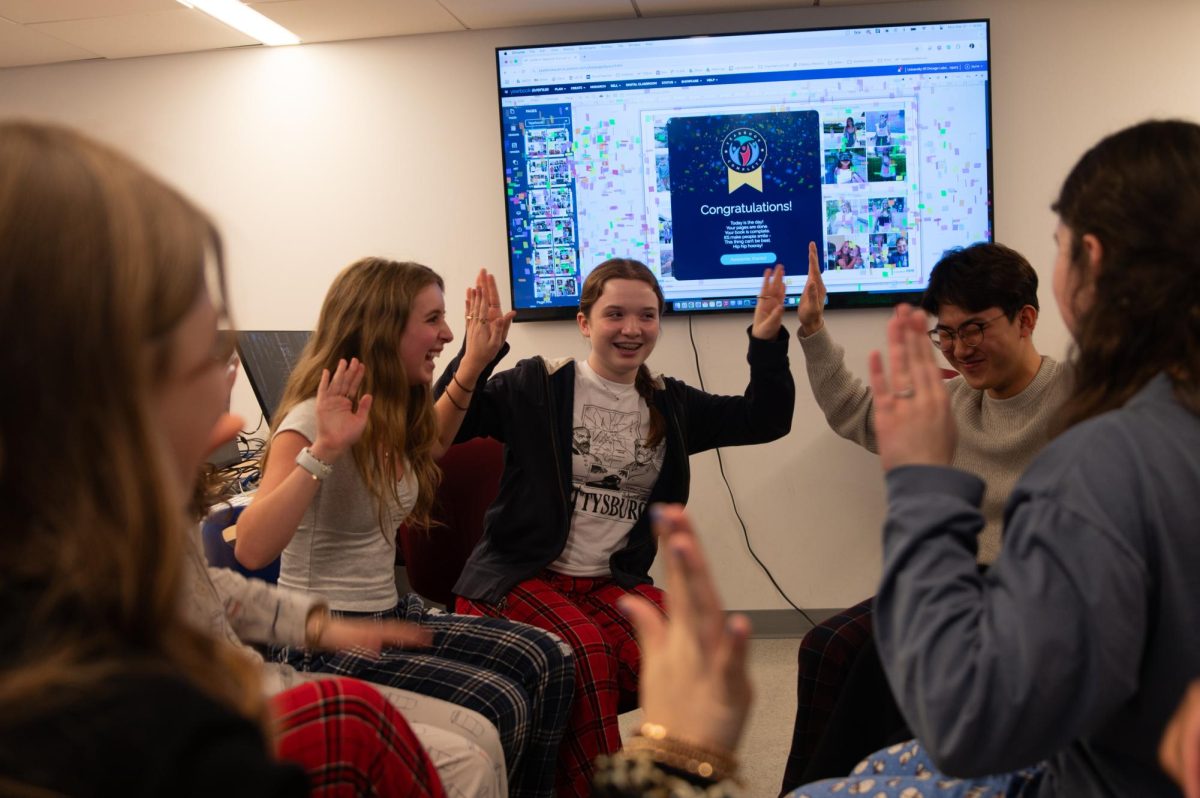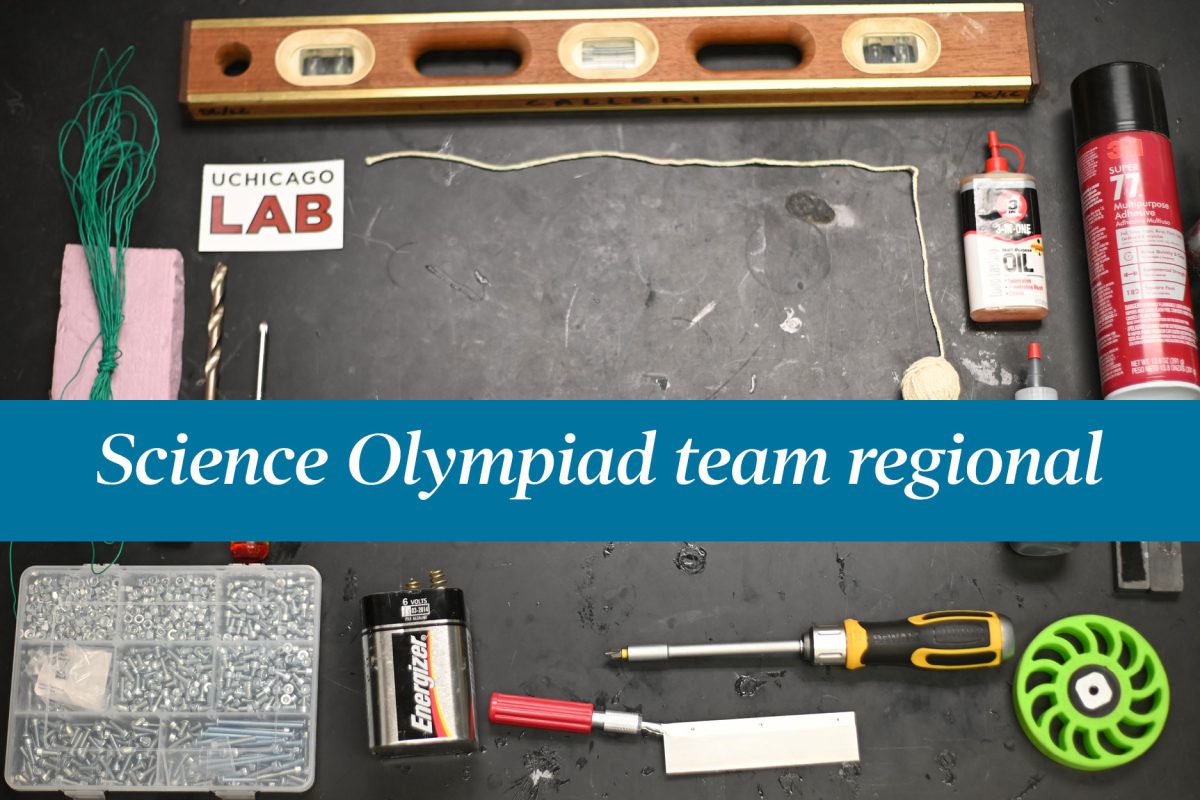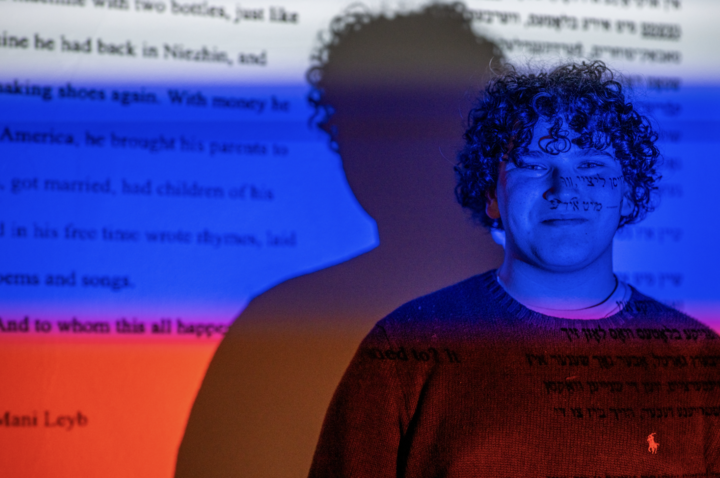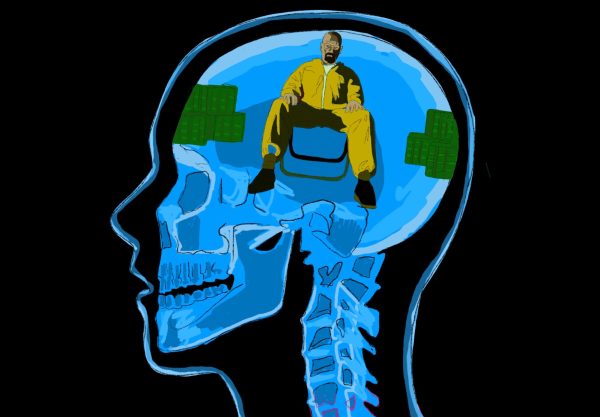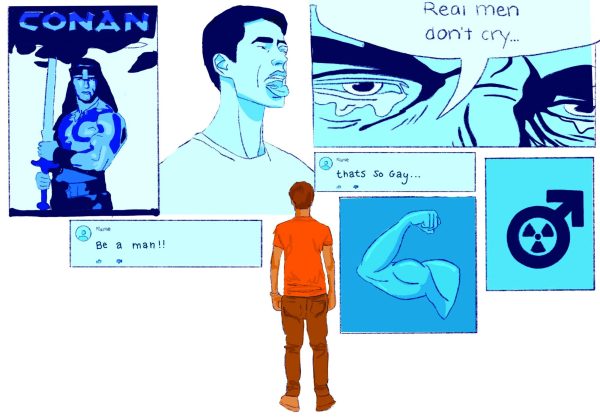Art classes adapt classic curriculum to distance learning
The cardboard skull project is a trademark artistic activity and challenge of Mirentxu Ganzarain’s Intro to Sculpture Class. The project involves students intricately fitting small pieces of cardboard together. This year, due to constraints from distance learning, the exact project isn’t possible, but that didn’t stopped Ms. Ganzarain from creatively altering the project to create a similar result.
“I thought we’re gonna make it a little more imaginative. The kids could
manage the foundation piece of the actual sculpture, which is called the armature,” Ms. Ganzarain said. “Then they were able to then elaborate using their imagination and use concepts that they individually developed.”
Adapting art classes to distance learning has created challenges for both teachers and students, but art teachers have found creative ways to implement their projects and activities, so that as some students have the option for a hybrid schedule, curriculum will continue as planned for distance learning.
Ms. Ganzarain, who teaches Intro to Sculpture and Studio Practices, attributes her level of preparedness to a training course she took over the summer where she, “got to have feedback on how to handle materials, time management, designing projects and handing in stuff from [sculptors] from all over the country.”
Both Ms. Ganzarain and art teacher Brian Wildeman packed kits filled with the year’s art supplies and distributed them to their students. Sophomore Fermi Boonstra remembers receiving cardboard, a pointed precision knife, and wire for Ms. Ganzarain’s Intro to Sculpture class.
In Mr. Wildeman’s high school art classes, he distributed the supplies by hand, “having students drive to school to get it. For my Advanced Drawing and Painting Class, I met them individually, sometimes at their homes.”
Art teachers also developed new ways of doing projects to accommodate the online setup.
Photography and filmmaking teacher Benjamin Jaffe reversed his curriculum in his Intro to Photography class.
He said, “I normally teach darkroom, analog, and film first, but I flipped it around and did digital photography first. It’s more tactile and easier to learn camera settings in person.”
During distance learning, Mr. Wildeman’s Mixed Media class has done more projects involving materials available in nature.
Fermi has enjoyed the changes in projects in Ms. Ganzarain’s class.
She said, “It’s been a blast. I’ve really enjoyed the projects we’ve done, and I’m happy it’s all about the effort.”
With the change to a hybrid schedule, Ms. Ganzarain believes that her curriculum will continue as planned for distance learning.
She said, “It’s going to be OK in terms of material — all students got materials for an entire year. We will keep the curriculum — I just need to find out the mechanics.”
Mr. Jaffe is also optimistic about the return but said he would like to have a longer class period in order to accommodate the daily curriculum.
All three of these art teachers commended students for their hard work during distance learning.
“I’m very impressed with the work that my students are doing and with their stamina and their attitude,” said Ms. Ganzarain, “because I know we’re all a little wary of the format.”



